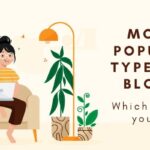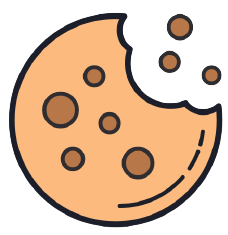As a sleep medicine specialist, I’ve encountered many disorders caused by a lack of quality shut-eye but one recent case proved to be an eye-opener — literally and figuratively.
Glaucoma is an eye condition where the optic nerve — the connection between the eye and the brain — gradually gets damaged. The most common type, Primary Open-Angle Glaucoma (POAG), develops silently over time, often without symptoms in its early stages. Left untreated, it can lead to permanent blindness. It’s commonly linked to high eye pressure but other factors remain underrated.
A closer look revealed his cup-to-disc ratio (CDR), a measure used to assess glaucoma severity, was alarmingly high — 0.9 in the right eye and 0.6 in the left. A normal CDR is around 0.3, so his numbers signaled significant nerve damage. But curiously, his eye pressure remained within the normal range.
He was treated with standard glaucoma medications — Timolol and later Latanoprost eye drops — which kept his eye pressure stable. However, his perimetry test, which maps the visual field, showed his sight was still deteriorating. This suggested something beyond eye pressure was to blame for his worsening glaucoma.
Lack of oxygen during these episodes can have widespread effects on the body — including the eyes.
A full polysomnography level 1 study, a sleep study that tracks brain activity, oxygen levels, heart rate, and breathing patterns. The results were clear; he had moderate sleep apnea. This meant his body, including his eyes, was experiencing repeated drops in oxygen levels at night, potentially worsening his glaucoma.
Continuous Positive Airway Pressure (CPAP) therapy, a common and effective treatment for sleep apnea. This machine delivers steady air pressure to keep the airway open during sleep, preventing dangerous oxygen drops.
The mean sensitivity (MS), a key measure of vision function, increased from 15.66 dB to 16.08 dB in his right eye and from 16.62 dB to 21.68 dB in his left. Not only was his sleep better, but his glaucoma progression had seemingly slowed down.
Most people don’t realize how deeply sleep impacts overall health. Sleep apnea isn’t just about snoring — it’s a serious connection linked to high blood pressure, heart disease, stroke, diabetes, and even memory problems. What’s more, the eyes are particularly sensitive to oxygen deprivation. The retina, which helps us see, consumes more oxygen than any other tissue in the body. If it doesn’t get enough, as in sleep apnea, it can suffer long-term damage.
Research shows that obstructive sleep apnea is linked to glaucoma, floppy eyelid syndrome, anterior ischemic optic neuropathy, optic neuropathy, papillodema secondary, and increased intracranial pressure. Even in cases where eye pressure is normal, fluctuating oxygen levels and poor blood flow can contribute to optic nerve damage.
The real issue often lies in a person’s overall health — especially how they sleep. As doctors, we need to take a more holistic approach when managing chronic conditions. And for others — never underestimate the power of good sleep. It might just save your vision.





